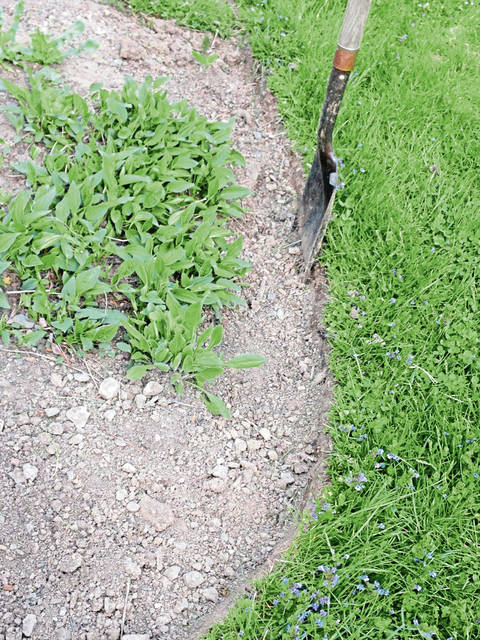Question: I’m going to be planting some fruit trees this spring, and I’m wondering if it’s better for me to buy the trees in a big pot from a nursery or if I should get them from a mail order place that sends them with no soil on their roots. Is there a benefit to one over the other?
Answer: Supporting your local nursery is always a good idea, but when it comes to fruit trees, there are definitely benefits to purchasing them bare-root.
First, fruit tree catalogs that sell bare-root trees almost always have a better varietal selection than local nurseries that may only be able to have a few different varieties in stock. If you’re looking for a specific variety, you’ll probably have better luck purchasing the plants bare-root.
Also, fruit tree roots are fast growing and often the potted trees you find are pot-bound, meaning their roots are circling around inside the container. This can lead to issues with girdling and even plant death down the line. If you do purchase a potted fruit tree and it’s pot-bound, be sure to use a saw or pruners to cut through any circling roots and loosen them thoroughly before planting the tree.
Bare-root plants, on the other hand, have no soil on the root systems, and since they’re dug straight from a field, they do not have circling roots. While this may seem like a less-healthy way to start a tree, the opposite is true. In the eyes of many professionals, myself included, bare-root is the best method of introducing lots of different types of fruit and shade trees to the landscape.
For bare-root production, the trees are dug in the autumn and stored under very exacting humidity and temperature conditions to keep them dormant until the correct planting time arrives. Dormancy is maintained until the trees are shipped to the consumers.
Once planted, these trees grow quickly, establishing more rapidly than container-grown trees that often suffer from transplant shock for up to a year after planting.
Bare-root fruit trees are also fairly inexpensive to ship because you’re not paying to mail heavy soil. Good mail order orchards ship their bare-root trees at the perfect planting time for whatever zone they’re shipping to. This takes the guesswork out of planting, because the trees won’t get to you until the time is right for planting.
Since early spring is the best time for planting bare-root fruit trees here in Pennsylvania, you’ll want to place your order soon. They typically arrive in late March through April.
For the best chance of success, purchase plants that are between 3 and 5 years old, and seek out disease-resistant, hardy varieties that you won’t have to coddle.
You should also consider whether or not the tree needs a pollination partner. Many types of fruit trees are not self-fertile, meaning a single tree is not capable of pollinating itself, but rather it needs another compatible variety with which to trade pollen. Most apples, cherries, blueberries and pears need a pollination partner for fruit set to occur.
Once your bare-root fruit trees arrive, remove them from their packaging immediately and soak their roots in a bucket of tepid water for about 10 hours before planting.
If there are planting instructions included in the package, be sure to follow them carefully. If not, try to plant the tree to the exact depth it was in the field (you’ll see a soil line on the bark at the base of the tree). Keep the flare at the base of the trunk above the soil line and spread the roots out in the hole. Backfill the hole with the soil that came out of the hole. Do not add compost, manure or other soil amendments to the backfill soil, because they can promote root circling and cause issues with girdling down the line.
If you’re worried about your new tree staying upright, after you water it in you can stake the tree with a 1-inch-by-1-inch-hardwood stake to encourage it to grow upright. But, the stake should be removed after one year to encourage the roots to strengthen and hold the tree upright on their own. Trees that are staked for longer periods of time are subject to future wind damage due to a weak root structure.
Keep your new fruit trees well watered for the first year after planting, and brush up on your pruning skills to ensure the plants are in prime shape for fruit production.








